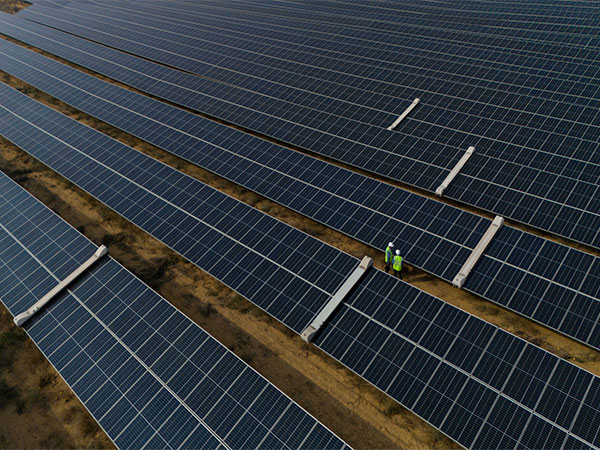The Ministry of Power has recently announced that the Union Government has sanctioned two new Inter State Transmission System (ISTS) projects with a total investment of Rs 13,595 crore. These projects aim to remove 9 GW of renewable energy from Rajasthan and Karnataka, in line with India’s goal of installing 200 GW of linked renewable energy by 2030 out of a total potential of 500 GW.
The first project, focused on the Rajasthan Renewable Energy Zone (REZ), will involve an investment of Rs 12,241 crore. This project aims to evacuate 4.5 GW of renewable energy, with 1 GW coming from the Fatehgarh Complex, 2.5 GW from the Barmer Complex, and 1 GW from the Nagaur (Merta) Complex. The energy generated will be sent to Fatehpur, Orai, and the Mainpuri Region in Uttar Pradesh. The Ministry of Power has stated that this project is expected to be completed within two years.
On the other hand, the second project in Karnataka will involve an investment of Rs 1,354 crore and aims to evacuate 4.5 GW of renewable energy from the Koppal and Gadag areas. This project is scheduled to be completed by June 2027. Both projects will be implemented through the Tariff Based Competitive Bidding (TBCB) mode, ensuring a transparent and competitive process for the selection of developers.
These initiatives are crucial for strengthening the transmission network in Rajasthan and Karnataka, allowing for the efficient evacuation of renewable energy from these regions. By investing in the transmission infrastructure, the government is paving the way for the integration of a large amount of renewable energy into the grid, helping to reduce greenhouse gas emissions and combat climate change.
The successful implementation of these projects will not only facilitate the achievement of India’s renewable energy targets but also create opportunities for private sector participation in the development of the country’s transmission infrastructure. By leveraging private sector expertise and resources, the government can accelerate the deployment of renewable energy projects and ensure a reliable and sustainable energy supply for the future.
Overall, the sanctioning of these two ISTS projects represents a significant step towards achieving India’s renewable energy goals and strengthening the country’s transmission infrastructure. By investing in these initiatives, the government is not only promoting clean and sustainable energy but also creating new opportunities for economic growth and job creation in the renewable energy sector. The successful execution of these projects will be a key milestone in India’s transition towards a greener and more sustainable energy future.











